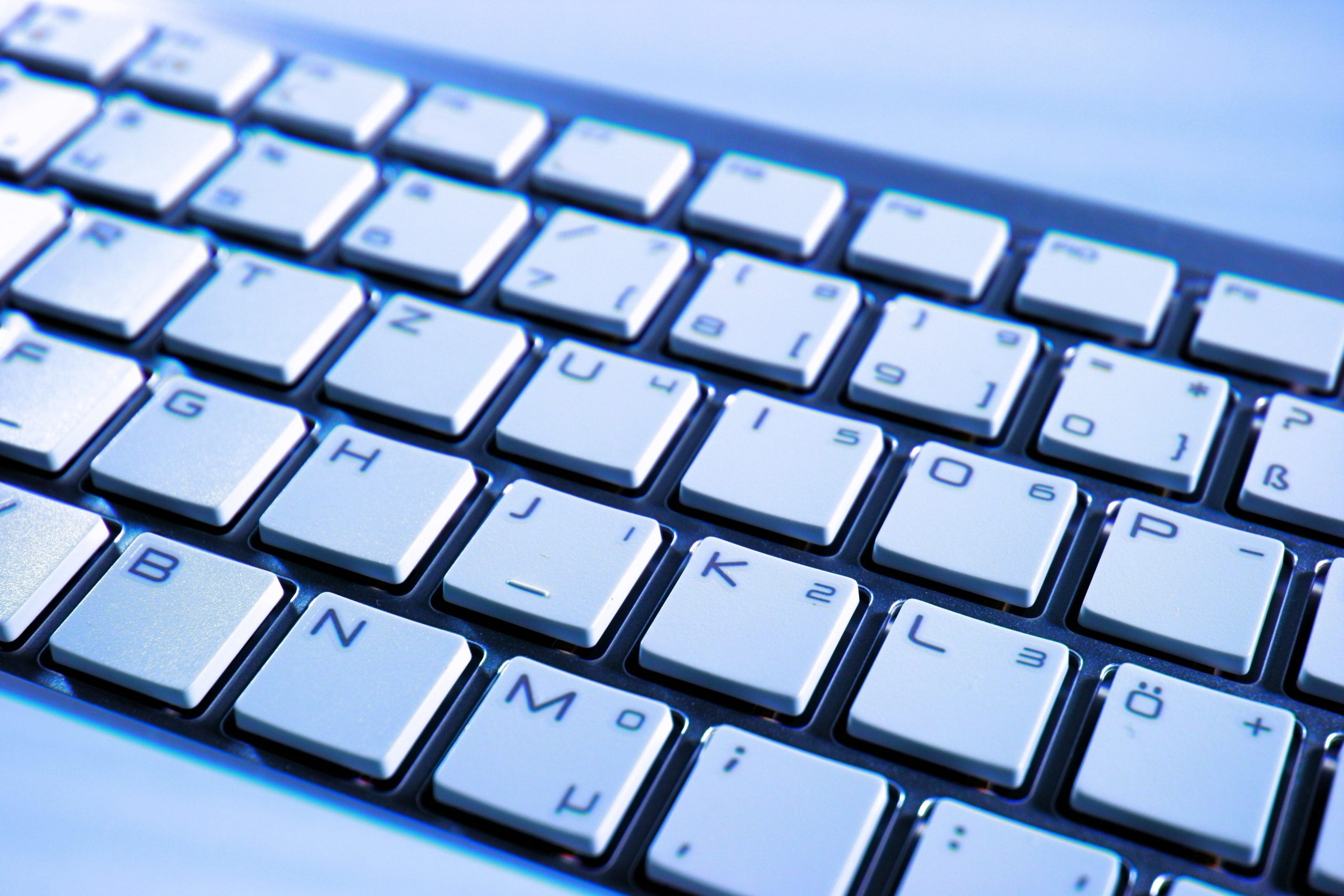In today’s fast-paced digital world, work and life are more connected than ever before. Emails, Slack notifications, and Zoom calls follow us everywhere—from our home offices to our living rooms and even vacations.
While technology has created amazing opportunities for flexibility and global collaboration, it has also blurred the line between work time and personal time. Many professionals feel like they are always “on,” struggling to disconnect and truly relax.
But here’s the good news: work-life balance is possible in the digital age. It requires awareness, boundaries, and the right strategies. In this article, we’ll explore practical ways to balance work and personal life so you can enjoy success without burnout.
1. Redefining Work-Life Balance in the Digital Era
The traditional definition of work-life balance—leaving work at the office and focusing on life at home—doesn’t apply anymore. Remote work, freelancing, and hybrid jobs have changed everything.
Today, balance means:
- Being productive at work without sacrificing your health.
- Having time for family, hobbies, and rest.
- Setting boundaries so work doesn’t take over every moment.
👉 It’s not about perfect separation; it’s about integration and harmony.
2. The Challenges of Balancing Work and Life Online
Technology has brought convenience, but it also creates challenges that affect our well-being:
- Constant availability: Bosses or clients may expect instant replies.
- Work creep: Checking emails late at night or during weekends.
- Screen fatigue: Long hours of video calls and screen time affect focus and health.
- Blurred spaces: Working from the same place you relax can confuse your brain.
👉 Recognizing these challenges is the first step to solving them.
3. Setting Boundaries Between Work and Personal Time
Healthy boundaries are essential in the digital age. Without them, work will consume your personal life.
Practical Tips:
- Create a work schedule: Define your start and end times. Stick to them.
- Use separate devices: If possible, keep a work laptop/phone separate from personal ones.
- Silence notifications: Turn off work apps after hours.
- Communicate clearly: Let colleagues know your availability.
👉 Boundaries aren’t about being unavailable—they’re about protecting your time.
4. The Importance of Rest and Downtime
In the digital age, rest is often underrated. Yet, science proves that breaks and downtime make us more productive, not less.
- Take micro-breaks: Stand, stretch, or take a short walk every hour.
- Use the 20-20-20 rule: Every 20 minutes, look 20 feet away for 20 seconds to reduce eye strain.
- Prioritize sleep: No work success is worth chronic fatigue.
- Schedule “unplugged” time: Dedicate evenings or weekends to offline activities.
👉 Rest isn’t laziness—it’s fuel for better work.
5. Managing Time Effectively
Good time management helps balance both worlds. With technology, it’s easier to track tasks, but distractions are everywhere.
Tools & Strategies:
- Time-blocking: Dedicate specific hours for focused work, family, or hobbies.
- Task prioritization: Use the Eisenhower Matrix to decide what’s urgent vs. important.
- Pomodoro Technique: Work in 25-minute focused sessions with 5-minute breaks.
- Apps: Tools like Todoist, Notion, or Trello can keep you on track.
👉 Managing time well gives you control, instead of letting work control you.
6. Staying Physically and Mentally Healthy
Your career success depends on your health. Sitting all day, scrolling endlessly, and skipping workouts only harm both work and life.
- Exercise regularly: Even 20–30 minutes of walking or stretching makes a difference.
- Eat mindfully: Avoid junk food during busy days—fuel your body for focus.
- Practice mindfulness: Meditation, journaling, or breathing exercises reduce stress.
- Stay socially connected: Spend time with loved ones, not just colleagues online.
👉 A healthy body and mind are the foundation of sustainable work-life balance.
7. Using Technology to Your Advantage
The same technology that causes stress can also help you regain balance.
- Focus apps: Tools like Forest or Freedom block distractions.
- Wellness apps: Headspace and Calm guide meditation and relaxation.
- Smart scheduling: Use calendar apps to plan work and personal activities equally.
- Wearables: Smartwatches can remind you to stand, breathe, or sleep better.
👉 Be intentional—make tech work for you, not against you.
8. Flexibility as a Key to Balance
Rigid 9-to-5 schedules don’t always work in the digital age. Flexibility is often the secret to balance.
- Remote work perks: Take advantage of working from anywhere.
- Customize your hours: If you’re more focused in the morning, schedule deep work early.
- Blend work and life when needed: It’s okay to take a personal break midday if you compensate later.
👉 Flexibility allows you to balance productivity with personal priorities.
9. Building Support Systems
You don’t have to balance everything alone. Support systems help reduce stress and create harmony.
- At work: Ask managers for clarity on workload and expectations.
- At home: Share household responsibilities with family or roommates.
- Mentorship: Seek guidance from mentors who model healthy work-life balance.
- Communities: Join online groups or local clubs that align with your interests.
👉 Balance becomes easier when you have people supporting your goals.
10. Knowing When to Disconnect
Sometimes, the best thing you can do for your career and life is log off.
- Take vacations seriously—don’t work during holidays.
- Set “no phone” zones, like bedrooms or dinner tables.
- Have regular digital detox days where you avoid screens.
👉 Disconnecting allows you to reconnect with yourself and your loved ones.
Other Articles :
How to Balance Learning and Working: Time Management Tips
Learning from Mistakes: Why Failure Is the Key to Success




